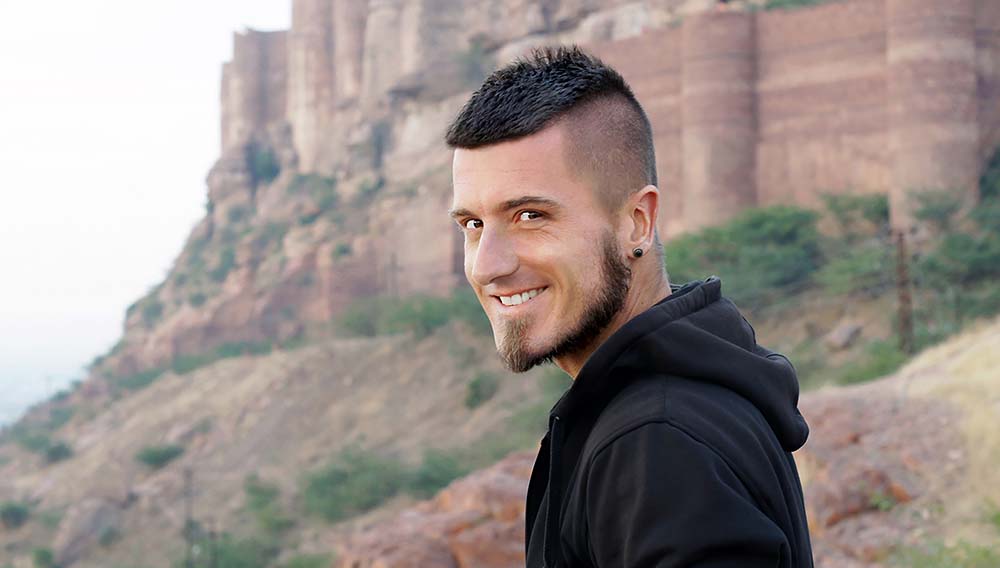Pascal Mannaerts is a freelance photographer based in Brussels. Blessed with an artistic bent and wanderlust, he discovered photography during his student years. Sharing and recording his travel adventures became a priority. A first visit to India in 2000 revealed a deep admiration for the Subcontinent. This is the first of many return engagements.
Travelling to Asia, Africa, Latin America, North Africa and the Middle East during the last 10 years has given Pascal the opportunity to portray humanity in its strongest forms. In the process of total immersion in every culture he discovers, he places the human being as the main focus in his photographic work, through photographs which tend to open dialogues, arouse emotions and questions.
Pascal has publication credits in National Geographic, BBC, Geo, The Guardian, Le Guide du Routard, Lonely planet, Médecins Sans Frontières and in many newspapers and magazines worldwide. Several exhibitions of his pictures were held in Paris, Belgium, Brazil and India by, among others, Alliance française, Amnesty International and Les Maisons du Voyage.
